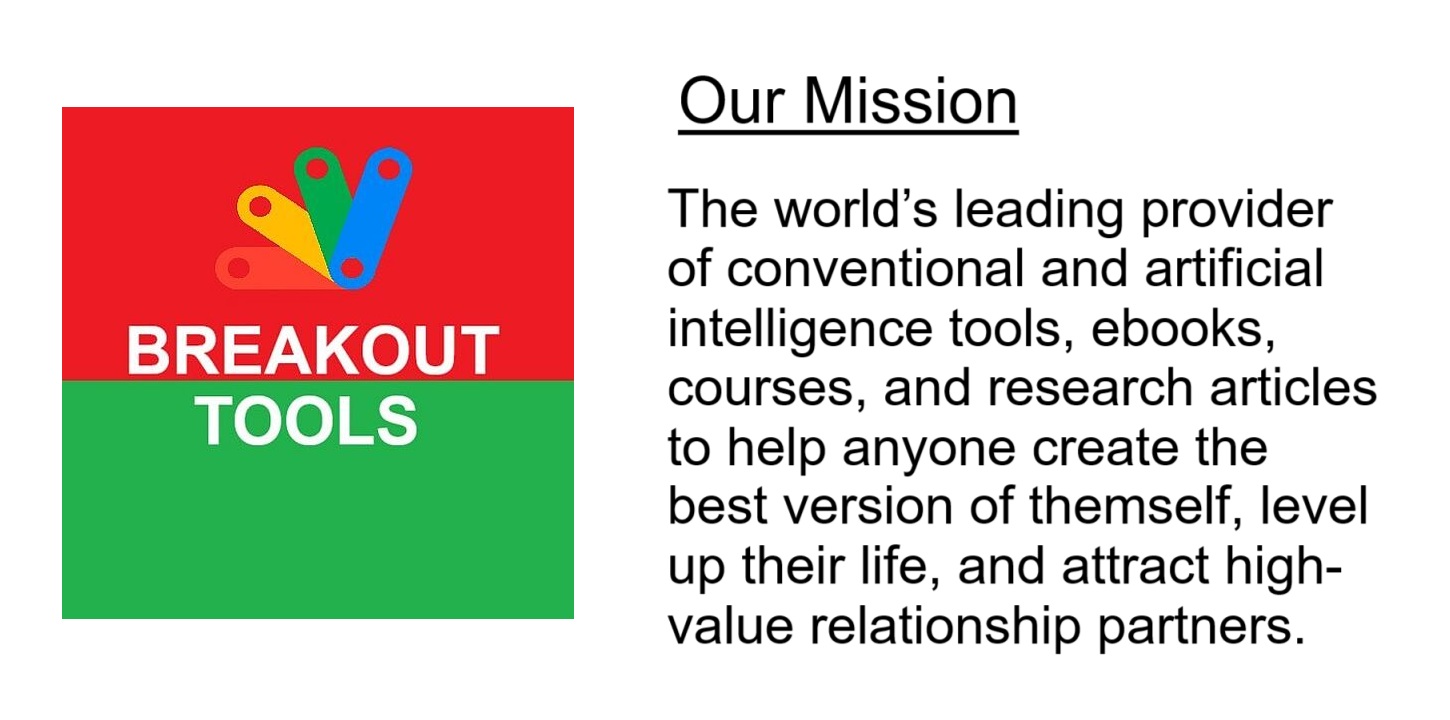Introduction
In the bustling urban landscapes of Latin America, where economic disparities and social challenges are part of daily life, young people are demonstrating remarkable resilience. A recent qualitative study sheds light on how adolescents and young adults in Bogotá (Colombia), Buenos Aires (Argentina), and Lima (Peru) navigate emotional distress using a variety of self-devised strategies.
The Study at a Glance
Conducted between 2023 and 2024, the study involved 112 in-depth interviews with youths aged 15 to 24 from deprived urban neighborhoods. The research aimed to understand the functions of the strategies these young individuals employ to manage emotional distress and enhance their well-being.
Key Findings
The study identified three primary functions of the coping strategies used by participants:
- Coping with Distress: Strategies aimed at directly managing negative emotions and stressors.
- Perceived Support: Seeking and receiving emotional or practical support from others.
- Distraction: Engaging in activities that divert attention from distressing thoughts or situations.
These functions often overlap, with strategies serving multiple purposes simultaneously. For instance, participating in community sports may provide both distraction and a sense of support.
Coping with Distress
Participants reported using various methods to confront and manage their emotional challenges. These included:
- Artistic Expression: Engaging in music, dance, or visual arts to process emotions.
- Physical Activity: Utilizing exercise as a means to release tension and improve mood.
- Mindfulness Practices: Incorporating techniques such as meditation or deep breathing to maintain emotional balance.
These approaches reflect a proactive stance toward mental health, emphasizing self-awareness and personal agency.
Perceived Support
The importance of social connections emerged as a central theme. Youths highlighted the role of:
- Family and Friends: Relying on close relationships for emotional support and guidance.
- Community Groups: Participating in local organizations that offer a sense of belonging and shared purpose.
- Religious Institutions: Drawing strength from spiritual practices and faith-based communities.
These support systems provide not only practical assistance but also reinforce a sense of identity and community cohesion.
Distraction as a Coping Mechanism
Engaging in activities that shift focus away from stressors was another common strategy. Participants mentioned:
- Hobbies: Pursuing interests such as reading, gaming, or crafting to occupy the mind.
- Volunteer Work: Helping others as a way to gain perspective and find meaning.
- Educational Pursuits: Focusing on academic goals to build a sense of accomplishment and future orientation.
Distraction serves as a temporary respite, allowing individuals to recharge before addressing their challenges more directly.
Implications for Policy and Practice
The study’s findings underscore the need for policies that support and enhance these self-initiated coping mechanisms. Recommendations include:
- Investing in Community Programs: Funding local initiatives that provide safe spaces for youth engagement.
- Integrating Mental Health Education: Incorporating emotional literacy into school curricula to equip students with coping skills.
- Strengthening Social Services: Ensuring access to counseling and support networks for at-risk populations.
By recognizing and bolstering the strategies already in use, policymakers can create environments that foster resilience and well-being.
Conclusion
The resilience displayed by young people in Latin America’s urban centers is a testament to their adaptability and strength. Through a combination of personal initiative and communal support, they navigate complex emotional landscapes with creativity and determination. This study not only highlights their challenges but also celebrates their resourcefulness, offering valuable insights for those committed to supporting youth mental health.
Reference
For more information on the study and its implications, visit Springer Link.









